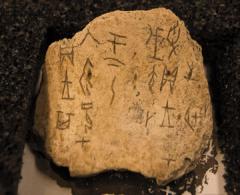
This Article From Issue
May-June 2018
Volume 106, Number 3
Page 132
In “Will the Museum of Failure Succeed?” (Engineering, January–February, 2018), Henry Petroski points out missteps in the design and development process that museums tend not to highlight. In addition, technology can later “fail” or require trade-offs due to unintended impacts. Corporate sponsors may be reluctant to acknowledge this “double-edged sword” aspect of technology.
An early counterexample was the U.S. National Endowment for the Humanities–funded exhibition “Technology: Chance or Choice?,” which opened in 1983 on the 50th anniversary of Chicago’s Museum of Science and Industry. It identified technologies during that half century that had significant personal or societal influence—both positive and negative—such as nuclear energy, plastics, and automation. Visitors grappled with critical issues raised by various technologies, selecting a quotation for each that was either positive, neutral, or negative and seeing the choices made by others. As Matthew Nisbet explains in the same issue (“The Gene-Editing Conversation”), it is even more important today for scientists (and engineers) to engage the public in meaningful dialogue about the potential consequences of new technologies.
David A. Ucko
Museums+more LLC
Washington, DC

American Scientist Comments and Discussion
To discuss our articles or comment on them, please share them and tag American Scientist on social media platforms. Here are links to our profiles on Twitter, Facebook, and LinkedIn.
If we re-share your post, we will moderate comments/discussion following our comments policy.